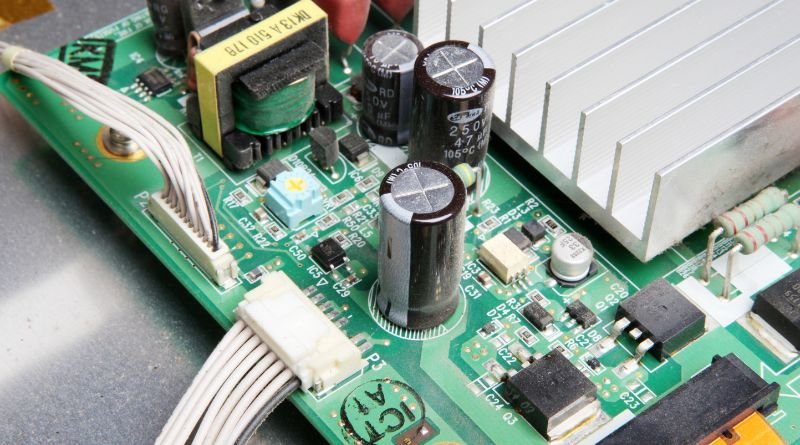3 Ways to Calculate Depreciation on Computer Hardware

3 Ways to Calculate Depreciation on Computer Hardware
Depreciation refers to the decreased value of a fixed asset over time, and it’s an important part of accounting as well as tax preparation. When you depreciate something, you’re attributing a portion of its cost to each year that it was used and owned by your company, which helps you recognize the costs of using it against your revenue from using it in order to calculate your profits each year. While there are multiple methods for calculating depreciation, most businesses use one of three common approaches: the declining balance method, the sum-of-the-years-digits method or the straight-line method.
1) Purchase Price Method
The purchase price method is the most common and simplest way to calculate depreciation. To use this method, you take the cost of the asset (what you paid for it) and divide it by the useful life of the asset (how long it will last). This will give you the amount you can write off each year. For example, if your computer cost $1,000 and had a 5-year lifespan, you would divide $1,000 by 5 years. That equals $200 per year. So in Year 1 you would subtract $200 from your income tax liability.
In Year 2 you would subtract another $200 from your income tax liability. If you are using the purchase price method, then at the end of Year 5 you have deducted all the value that was used up in the first five years. Your total deduction for those five years would be $800 ($200 x 5). You should not deduct any more from your income taxes because there is nothing left to depreciate. At the beginning of Year 6, you would start over with dividing the purchase price by five and taking away $200 from your income tax liability every year until there is nothing left to deduct.
The Modified Accelerated Cost Recovery System (MACRS): When you buy equipment, you may want to claim an immediate deduction for some of the equipment’s value instead of waiting for the normal 7-year depreciation schedule. One way to do this is through MACRS. Under MACRS, different types of assets have different recovery periods – so an asset like office furniture might only get a two-year recovery period while computers might get five years or more.
2) Straight Line Method
The straight line method is the most common and easiest way to calculate depreciation. To use this method, simply divide the cost of the asset by its useful life. For example, if you have a computer that cost $1,000 and has a useful life of five years, you would depreciate it at a rate of $200 per year. When using the straight-line method, you are assuming that the value of your equipment will remain constant throughout its lifetime. In reality, however, as the quality of equipment increases with each new model released, there will be a need for greater amounts of repair and maintenance in order to maintain performance levels.
If you’re an average small business owner looking for depreciation calculation help then take advantage of this special offer from our accounting software company experts! We’ll show you how to calculate depreciation on a variety of assets including buildings, furniture, vehicles, computers and more. Contact us today for a free demo!
3) Sum of Years’ Digits Method
The Sum of Years’ Digits (SYD) method is a accelerated depreciation technique that allocates a higher percentage of depreciation in the early years of an asset’s life and a lower percentage in the later years. This method is often used for tax purposes because it allows businesses to claim a larger deduction in the first few years, when the asset is new and likely being used more extensively.
To calculate SYD, take the cost of your computer and divide by 12. Then multiply this number by 60% – this will be your annual depreciation expense. For example, if you bought a $2,000 laptop: $2,000 / 12 = $166.67; $166.67 x 60% = $99.99. Finally add up all these annual depreciation amounts over the lifetime of your laptop to determine how much it will cost you over time to own it versus how much its worth now.


